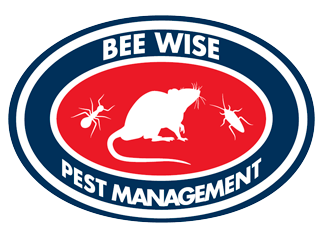Fleas and Tick Control

Did you know that your yard could be infested with ticks, putting your family and pets in severe health danger?
If you or your pets spend any time outdoors, chances are you’ve encountered a tick. Understandably, many people worry about the diseases that these tiny parasites transmit, such as Lyme Disease. Tick monitoring and prevention is an important part of outdoor activity. Inspect everyday for ticks, practice safe tick removal practices and ask about our Premium Green program targeting the risky ecotone areas of your yard.
Size: 1/16 – 1/8 inches in length
Color: Reddish brown to brown
Características físicas, hábitos alimentarios y relación con la enfermedad de Lyme
Before feeding, the female is about 1/8” long, orangeish-brown in color (her body becomes darker when engorged), the region behind her head is dark reddish brown, and her legs are much darker than her body. The male is smaller, about 1/16”, long and has a reddish-brown body overall. Both sexes exhibit a flattened profile from top to bottom. Nymphs and larvae resemble adults, except they are much smaller (0.7mm-1.8mm). Larvae only have six (6) legs.
The deer tick feeds exclusively on the blood of mammals like humans, mice and deer.
Ticks climb to the top of grasses and shrubs and wait for a passing host. They are concentrated in transitional areas such as where the forest meets a field, where a mowed lawn meets a natural area, grasses next to a trail, etc. They may also be found in the den or nest of its host.
Deer Ticks are vectors of Lyme disease. Spirochete bacteria, injected into the host from the tick’s body, cause Lyme disease.
Flies
- More than 120,000 species exist ranging in size from one-twentieth of an inch to well over three inches long.
- Take on various shapes. In the larva or maggot stage, flies resemble greasy white worms.
- Do not have teeth or a stinger, but rather thrust needle-like hooks into victims and inject a digestive juice that breaks down cell tissue.
- Have life span of approximately 21 days (house flies).
- Are attracted to a variety of warm, moist substances from animal feces to human food and garbage.
- Spread at least 65 human pathogens including typhoid fever, diarrhea, tuberculosis, salmonellosis and cholera.
- Breed in garbage cans, compost heaps, pet feeding and pet elimination areas.
